Astronauts Pete Conrad, Alan Bean, and Richard Gordon
July 20, 2019 marked the 50th anniversary of Apollo 11, the first human moon landing in 1969. 2019 also marks another important 50th spaceflight anniversary, Apollo 12, the second human moon landing. The Apollo 12 mission proved that landing on the moon was repeatable, and paved the wave for true scientific exploration of the moon.
On November 14, 1969, astronauts Pete Conrad, Alan Bean, and Richard Gordon launched during a rain storm from the Kennedy Space Center in Florida. In attendance for the launch was President Richard Nixon. The Saturn V rocket was struck by lightning twice after liftoff, at 36 seconds and 52 seconds into the flight. This set off several alarms inside the command module. Thanks to quick thinking by mission control and the crew, systems were reset and the mission was able to continue as planned.
The landing site for the Apollo 12 mission was chosen to demonstrate that landing in a very precise area of the moon was possible. On April 20, 1967, the Surveyor 3 robotic space probe landed in an area of the Moon known as the Ocean of Storms. This area was also chosen as the landing site for Apollo 12. On November 19, 1969, the lunar module Intrepid landed within walking distance of the Surveyor 3 probe, proving that a highly precise landing was possible. This was important to demonstrate because later missions would visit more rugged areas of the Moon. The television camera from the Surveyor 3 probe was removed by the astronauts and returned to Earth. This was the only time that a robotic lander was later visited by astronauts on the moon during the Apollo program.


The landing site for the Apollo 12 mission was chosen to demonstrate that landing in a very precise area of the moon was possible. On April 20, 1967, the Surveyor 3 robotic space probe landed in an area of the Moon known as the Ocean of Storms. This area was also chosen as the landing site for Apollo 12. On November 19, 1969, the lunar module Intrepid landed within walking distance of the Surveyor 3 probe, proving that a highly precise landing was possible. This was important to demonstrate because later missions would visit more rugged areas of the Moon. The television camera from the Surveyor 3 probe was removed by the astronauts and returned to Earth. This was the only time that a robotic lander was later visited by astronauts on the moon during the Apollo program.
Commander Pete Conrad and lunar module pilot Alan Bean became the third and fourth astronauts to walk on the Moon. When Conrad took his first step onto the lunar surface, his first words were “Whoopie! Man, that may have been a small one for Neil, but that’s a long one for me.”
During two separate moonwalks, Alan Bean and Pete Conrad spent seven and a half hours outside the lunar module. This was three times as long as Apollo 11 astronauts Neil Armstrong and Buzz Aldrin.
The Apollo 12 crew successfully accomplished all of their primary mission objectives.
1. Perform inspection, survey and sampling in lunar mare area.
2. Deploy an Apollo Lunar Surface Experiment Package
3. Develop techniques for a point landing capability
4. Develop capability to work in the lunar environment
5. Obtain photographs of candidate exploration sites
The command module, named Yankee Clipper, returned to Earth on November 24, 1969 with a splash down in the Pacific Ocean. There would be four more successful moon landings to follow. In total, twelve astronauts walked on the lunar surface between 1969 and 1972. The final Apollo moon landing was Apollo 17 in December, 1972.





